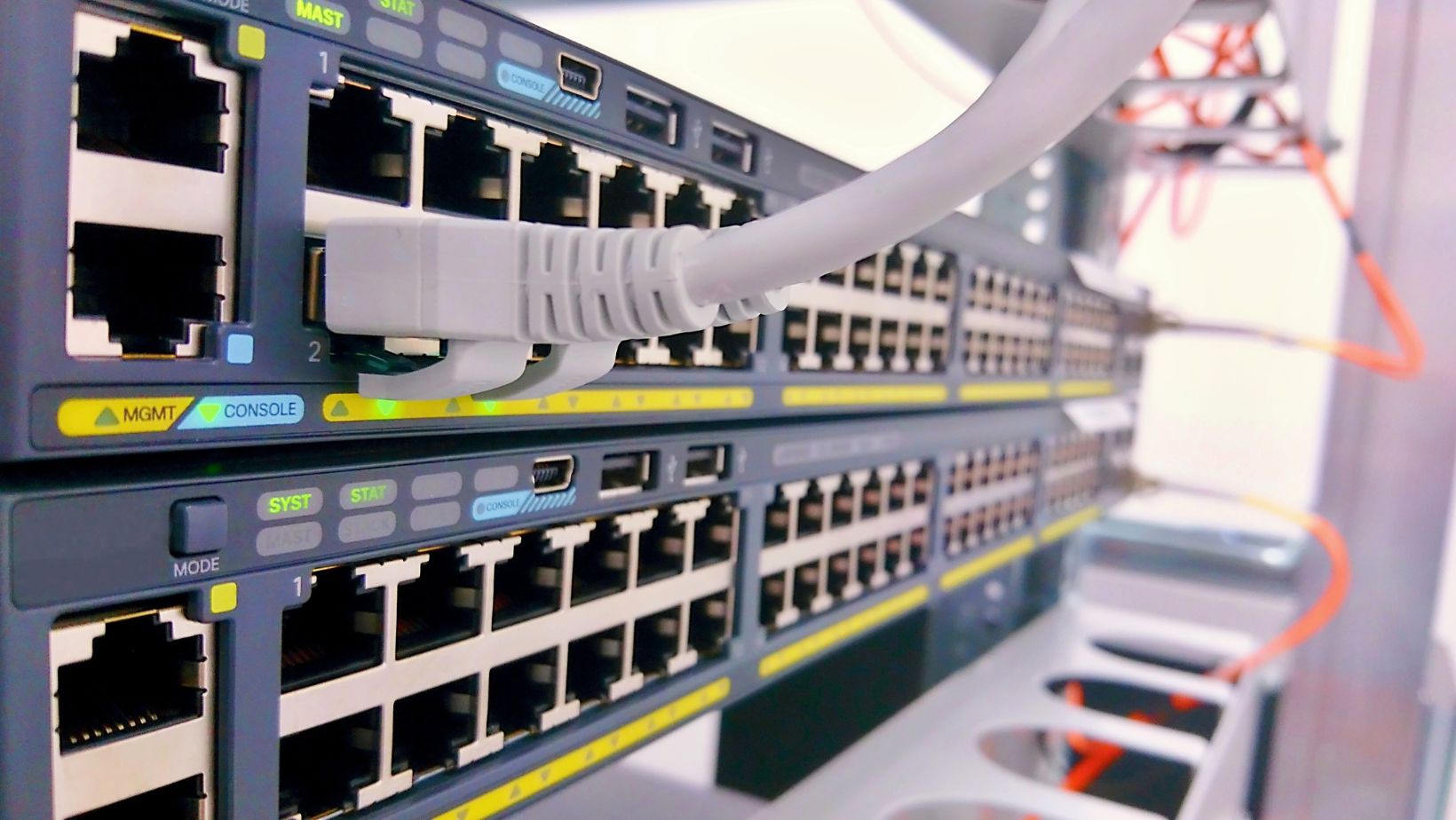
 The Most Common Data Link Layer Protocol for Wired Connections is
The Most Common Data Link Layer Protocol for Wired Connections is
When it comes to wired connections, one data link layer protocol stands out as the most common: Ethernet. As an expert in networking, I can confidently say that Ethernet has become the de facto standard for connecting devices in local area networks (LANs). With its widespread adoption and compatibility across various operating systems and hardware, it has revolutionized the way we transmit data.
Ethernet offers a reliable and efficient means of transmitting data packets over wired connections. It utilizes a set of rules and protocols that define how devices communicate with each other on a network. From small office setups to large enterprise networks, Ethernet provides a robust foundation for seamless communication between computers, servers, switches, routers, and other networked devices.
With its flexibility in terms of speed options ranging from 10 Mbps to 100 Gbps (and beyond), Ethernet is capable of meeting the diverse needs of different network environments. Whether it’s for home use or enterprise-level operations, Ethernet offers scalability and adaptability. Its ability to handle high volumes of traffic while maintaining low latency makes it ideal for applications that require fast and reliable data transfer.
In conclusion, when it comes to wired connections in local area networks (LANs), Ethernet reigns supreme as the most common data link layer protocol. Its wide adoption and compatibility across various platforms have made it an essential component of modern networking infrastructure. With its reliability, speed options, and efficiency in handling data traffic, Ethernet continues to play a vital role in facilitating seamless communication among connected devices.
What is the Data Link Layer?
When it comes to wired connections, one of the most common data link layer protocols is Ethernet. But before we dive into its specifics, let’s first understand what the data link layer is all about.
The data link layer sits above the physical layer in the networking hierarchy and plays a crucial role in ensuring reliable communication between devices on a local network. Its primary responsibility is to take packets of data from the network layer and encapsulate them into frames for transmission across a physical medium.
One of the key functions of the data link layer is to provide mechanisms for error detection and correction. It achieves this by adding extra bits, known as checksums, to each frame. These checksums allow receiving devices to detect if any errors occurred during transmission and request retransmission if necessary.
Another important aspect of the data link layer is managing access to shared resources, such as a network segment or a wireless channel. Ethernet, for instance, uses Carrier Sense Multiple Access with Collision Detection (CSMA/CD) protocol to ensure fair sharing of bandwidth among connected devices.
In addition to handling error detection and resource sharing, the data link layer also deals with framing, which involves delineating where one frame ends and another begins within a stream of bits. Different protocols may use different methods for framing, such as using special bit patterns or control characters.
Overall, the data link layer acts as an intermediary between higher-level protocols and the physical medium over which data is transmitted. By providing error detection mechanisms, managing resource access, and defining how frames are structured and delimited, it enables efficient communication within a local network environment.
Now that we have a basic understanding of what the data link layer entails, let’s explore further details about Ethernet – one of its most widely used protocols – in our next section.
What are Protocols?
Protocols play a crucial role in the world of networking, acting as a set of rules and guidelines that govern how data is transmitted and received between devices. They ensure smooth communication between different systems by defining the format, timing, sequencing, and error control methods. Without protocols, it would be chaos in the digital realm.
Imagine you’re attending an international conference with delegates from various countries. In order to have effective communication, everyone must speak a common language or use a translator who can bridge the linguistic gap. Similarly, protocols serve as the universal language for computers and network devices to exchange information seamlessly.
One well-known protocol used extensively in wired connections is Ethernet. It has become the de facto standard for local area networks (LANs) due to its reliability and widespread adoption. Ethernet provides a framework for data transmission over physical cables, defining how devices connect to each other and how data packets should be structured.
Ethernet also incorporates sub-protocols such as IEEE 802.3 that specify details like maximum cable length, signaling rates, collision detection mechanisms, and more. These sub-protocols ensure compatibility among different Ethernet-enabled devices while allowing for flexibility based on specific network requirements.
Just like there are different languages spoken around the world, there are various types of protocols catering to different needs within computer networks. Some examples include Internet Protocol (IP) for routing data across interconnected networks, Transmission Control Protocol (TCP) for reliable delivery of packets over IP networks, User Datagram Protocol (UDP) for faster but less reliable communication, and many others.














